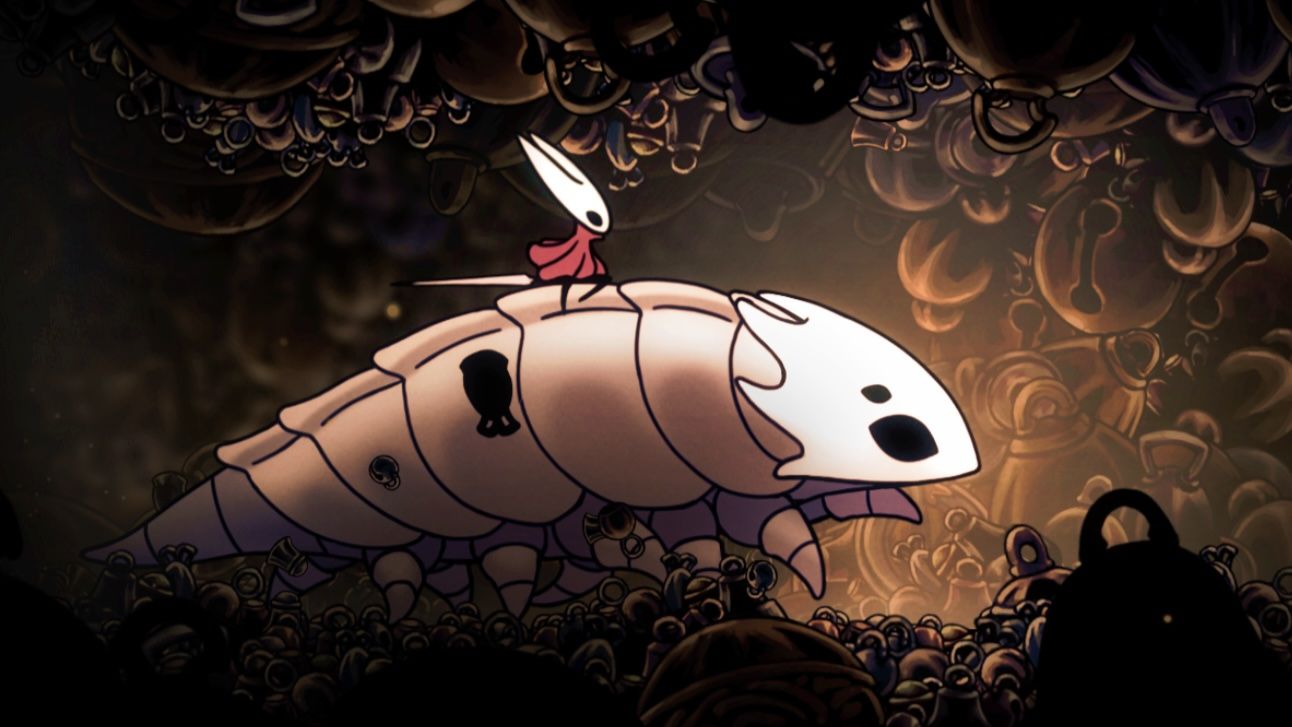Journalist and cartoonist Gabrielle Drolet’s memoir details her experience of coming of age alongside chronic pain from a herniated disc.Ruby McKinnon
The first editorial cartoon that ever made me cackle felt like a personal attack. The graphic showed two black lines dressed in cowboy boots and 10-gallon hats, facing each other as if poised to draw pistols. A piece of paper – in my mind, a work in progress of some sort, perhaps an essay or newspaper column – rested beneath them.
The italicized caption was perfect: “This paragraph ain’t big enough for this many em dashes.”
Any editor of mine will confirm: I have an em-dash problem. As such, I’ve never hit “purchase” on a product so quickly – a framed print of that cartoon sits proudly on my writing desk at home.
Journalist and cartoonist Gabrielle Drolet, whose drawings for The Globe and Mail, The New Yorker and beyond often poke fun at the writing process, drew that genius em-dash portrait. Perhaps we share an affinity for over-using that particular piece of punctuation.
But you wouldn’t know Drolet had any trouble writing at all from her memoir, Look Ma, No Hands, which, through comics, stories and a heavy handful of aloof humour, details her experience of coming of age alongside her chronic pain.
For the last decade or so, Drolet has bounced between Canadian cities, building her career as a writer and artist while jousting a herniated disc in her spine. While manageable with physical therapy and lifestyle changes, the condition – initially misdiagnosed as thoracic outlet syndrome – has for years caused Drolet extreme discomfort in her hands and arms. Not ideal for a journalist, or for a 20-something tasked with building IKEA furniture in third-floor walk-up apartments in Montreal.
In Look Ma, No Hands, Drolet recounts her situationship with pain, and carefully describes how for most of her adulthood, her upper neck and back have interfered with her ability to thrive. It’s an impressive debut in the vein of Emma Healey’s Best Young Woman Job Book, but softer, less barbed.
If Healey’s memoir feels like sharing a night’s worth of red wine with that author, Look Ma, No Hands feels like a warm mug of cocoa with Drolet. It’s vulnerable and open as she recalls some of the most pivotal moments of her early twenties.
As a freelance writer, Drolet’s had some, uh, interesting gigs, the most memorable being her stint as a horse journalist, collating information about competitive horse racing into a daily newsletter. Throughout her memoir, she playfully captures the Groundhog Day-esque tumult of wielding words for a living – the simultaneous boredom and dread that accompanies being your own boss. (Even when the work at hand is horses.)
Another highlight is the care with which she unpacks her queerness – the ways in which her chronic pain has shaped her capacity to be intimate with partners across the spectrum of gender. While Drolet’s experiences are unique to her, one gets the sense she’s not alone at the intersection between what her heart and mind long for, and what her body can tolerate.
These chapters, in which Drolet turns inward (without once over-sharing), are perhaps Look Ma, No Hands’s strongest stuff: They offer a side of her not easily captured in a cartoon or shorter essay.
I’ll be the first to admit I’m this book’s target audience: a bisexual journalist in Canada who’s closer to the beginning of my writing career than the middle of it. But Drolet’s writerly voice is funny, punchy and dry, and makes no assumptions about the reader holding the memoir in their hands.
Suffering from chronic pain? UofT researcher has some ideas to help you cope
While established fans of Drolet’s cartoons might chuckle at a few familiar turns of phrase, the memoir expands those snapshots of wit into something more concrete, less ephemeral. A time capsule for the zillennials in this country who lost crucial chunks of growing up to the pandemic.
If you’re unsure this book is for you, I recommend reading Drolet’s viral garlic essay – about her love affair with jarred garlic catalyzed by the pain in her hands, published by The Walrus – or this excerpt from her memoir, about the forgotten thrill of calling your friends in a society propped up by e-mails and texts.
If you like those stories, you’ll love Look Ma, No Hands – and you’ll join me in setting up social media alerts for when Drolet sells prints of her artwork. (I’m in the process of having her Severance-inspired animal portraits framed as we speak.)
For years, Drolet has captured the quirks of this world through zesty drawings and trendy think-pieces. Now, with Look Ma, No Hands, she’s proven she can make long-form writing work for her, with the help of dictation software and impish, hand-drawn characters, creatures who gaze at the words around them with cocked eyebrows and clever captions.
No em dashes needed.






![27th Aug: Planet Single: Greek Adventure (2025), 1hr 43m [TV-MA] (6/10)](https://occ-0-1081-999.1.nflxso.net/dnm/api/v6/Qs00mKCpRvrkl3HZAN5KwEL1kpE/AAAABcnXs06PJ-ixWGKle3lv4ZczIK3HgPX6vbgpaCJ6E43kpD5fonjR-fP30MAhNEJtGbB60-daCMdBs6g4zORHwugh8R0A-vHld31pXyJc42L7wdd06jnv23mXzapMA2fKhW-HrxAFOYgIuLA6b0d43mll3_5WZCQrBlSY0QZEhgwPtvsBbld4ITtq5_KkkmSUbN9gngpB8Q.jpg?r=a01)








